Population of India
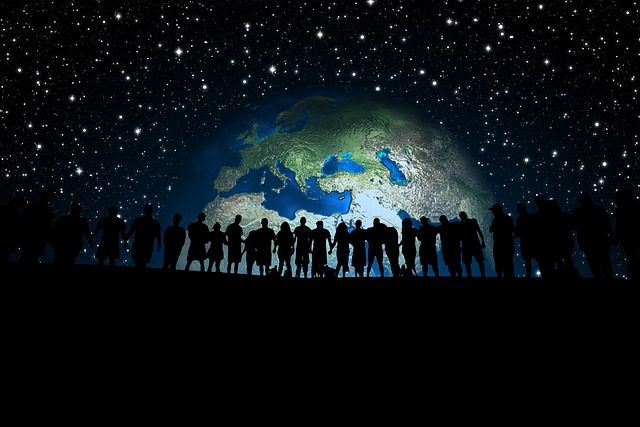
India is the second most populous country in the world, with a population of over 1.4 billion people. It is the seventh largest country in terms of land area, and is located in South Asia, bordered by Pakistan to the west, China and Nepal to the north, and Bangladesh and Myanmar to the east.

The population of India has grown significantly over the past few decades, due in large part to improvements in healthcare and declining mortality rates. The country has a relatively young population, with a median age of 27 years. However, the population is also quite diverse, with over 2,000 different ethnic and linguistic groups.
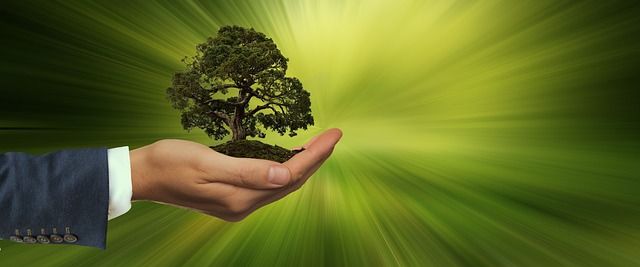
The majority of the population lives in urban areas, with about 35% of the population residing in cities and towns. The largest cities in India include Mumbai, Delhi, and Kolkata.
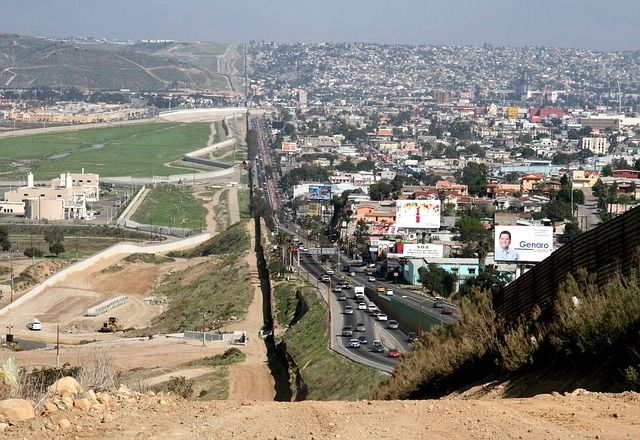
Despite its large population, India faces a number of challenges related to population growth. One of the main challenges is the high rate of poverty, with about 21% of the population living below the poverty line. In addition, the country has a large and growing gender imbalance, with more males than females in the population. This is due in part to a cultural preference for male children, as well as sex-selective abortion and infanticide.
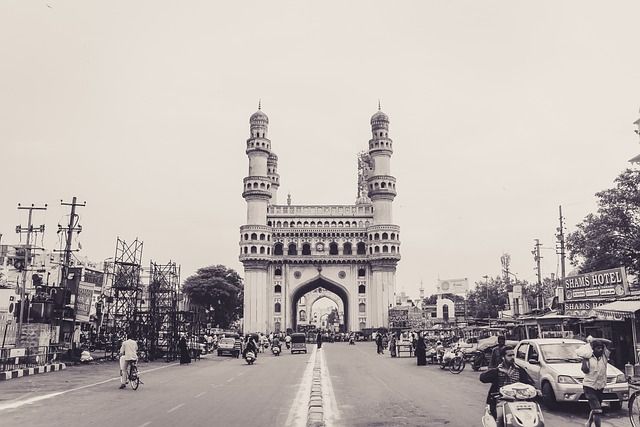
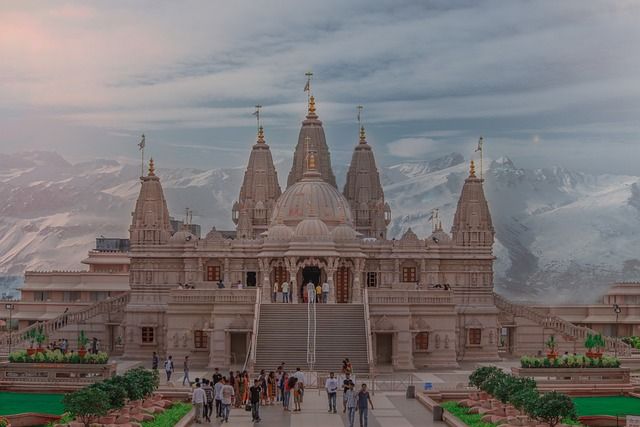
Another challenge facing India is the issue of overpopulation. The country is already facing a shortage of resources, including water and land, and the rapid population growth is only exacerbating these issues. The government has implemented a number of policies aimed at reducing population growth, including promoting family planning and increasing access to education and healthcare for women.
Despite these challenges, India is a diverse and dynamic country, with a rich cultural heritage and a rapidly growing economy. As it continues to grapple with issues related to population growth, it will be important for the government and the people of India to work together to find solutions that ensure a sustainable and healthy future for all.